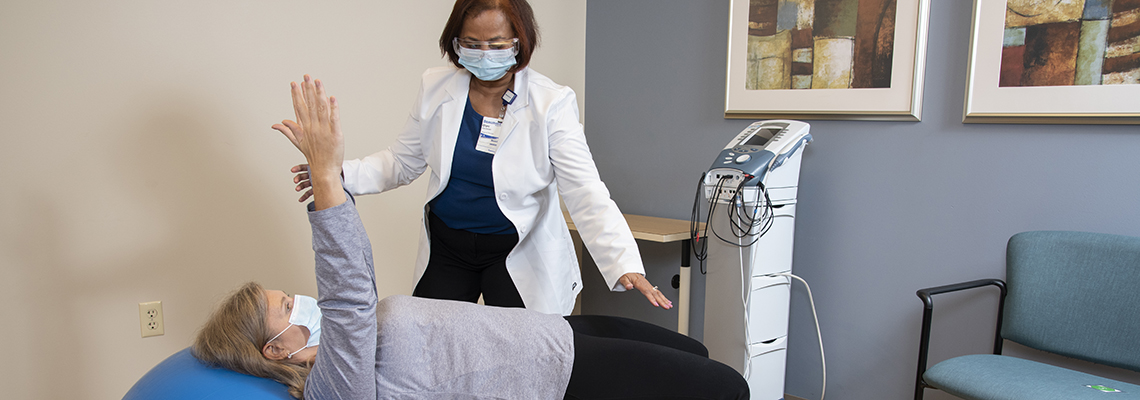Effective Approaches for Reducing Breathlessness in Physical Therapy Appointments
Effective Approaches for Reducing Breathlessness in Physical Therapy Appointments
Blog Article
Breathing difficulties, or trouble respiration, is a frequent issue that many people face, particularly those with long-term lung conditions, heart problems, or other health conditions. In rehabilitation therapy sessions, addressing breathing difficulties is crucial for helping patients improve their overall quality of life. By utilizing specific methods and strategies, physical therapists can assist patients in controlling their breathing difficulties. Understanding these efficient methods can enable both therapists and patients to collaborate together more effectively in addressing challenges related to breathing difficulties.
One of the main methods used to alleviate dyspnea in physical therapy is the application of controlled breathing exercises. These exercises often focus on abdominal breathing, which encourages patients to use their diaphragm rather than their upper thoracic muscles when inhaling. This method helps to maximize lung volume and effectiveness. Additionally, pursed-lip breathing is another technique that can be beneficial. This method requires inhaling through the nose and breathing out slowly through compressed lips, which can help to keep airways clear longer and render breathing feel more manageable. By incorporating these exercises into therapy appointments, physical therapists can provide patients with tools to manage their dyspnea both during and beyond of their sessions.
Another important element of controlling dyspnea in physical therapy is the creation of an personalized exercise regimen. Tailoring exercises to satisfy the individual needs and abilities of each patient is essential. Therapists should gradually introduce aerobic exercises, such as ambulating or cycling, in a controlled manner, allowing patients to develop their endurance over time. This progressive method helps patients to feel more comfortable with fitness activity while simultaneously improving their lung function and overall endurance. It is vital for therapists to monitor patients carefully during these activities to make sure they are not overexerting themselves, which could lead to greater shortness of breath.
Education also plays a major role in reducing dyspnea during physical therapy appointments. Providing patients with information about their ailment and the factors behind dyspnea can empower them to take control of their health. Therapists can describe how elements like anxiety, posture, and surrounding conditions can affect breathing. By comprehending these ideas, patients can learn to manage their symptoms more effectively. Techniques such as stress reduction methods and proper body important link posture can further assist in minimizing the effects of breathing difficulties during routine activities and therapy appointments.
In conclusion, successfully reducing breathing difficulties in physical therapy sessions involves a combination of breathing activities, personalized exercise regimens, and patient education. By implementing these efficient methods, physical therapists can help patients manage their respiratory difficulties and improve their overall health. Working together between therapists and patients is crucial to create tailored interventions that address specific needs. With the appropriate support and techniques, patients can find comfort from breathing difficulties and engage more fully in their physical therapy process, eventually leading to a better quality of life.